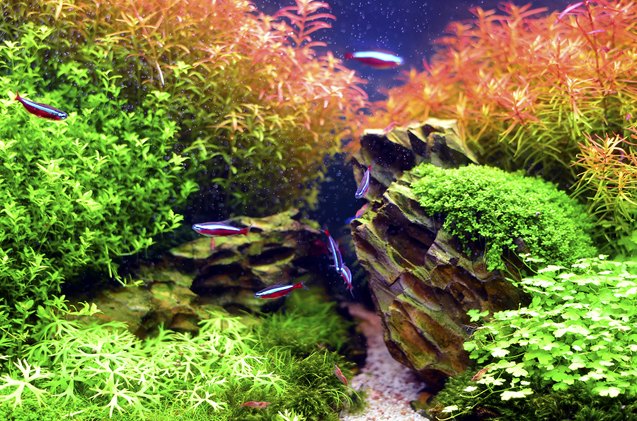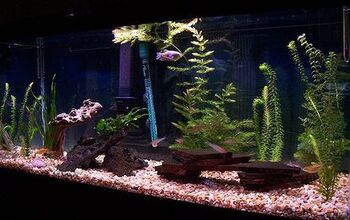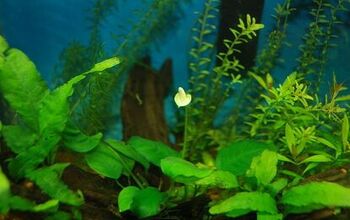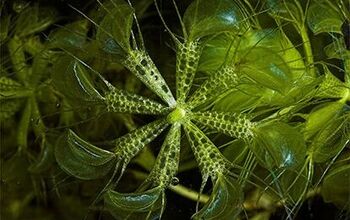How to Use Aquatic Mosses in Your Planted Tank

When it comes to stocking your freshwater aquarium with live plants, you have many options to choose from. You can choose tall plants that grow broad leaves, short plants that grow small leaves, and everything in between. One unique option you might want to consider to make your planted tank truly unique is aquatic moss.
Types of Aquatic Mosses
There are a number of different types of aquatic moss that can be used in planted tanks. These mosses can be used to create a living green carpet on the bottom of your tank or they can be rooted to pieces of driftwood. Below you will find a list of some of the most common aquatic mosses:
- Java Moss – This is the most common type of aquatic moss and it is known by the scientific name Taxiphyllum barbieri. What makes this moss so popular is the fact that it is incredibly hardy and it thrives under a variety of conditions, even in low lighting. Java moss doesn’t require any extra fertilization – it can grow with the nutrients created by decomposing organic wastes.
- Singapore Moss – The scientific name for this aquatic moss is Vesicularia dubyana and its growth and appearance varies depending on the conditions in which it is grown. Singapore moss produces small leaflets that are ovular in shape. This type of moss can grow in water or on land.
- Christmas Moss – This type of moss is known by the scientific name Vesicularia montagnei and it is named for the Christmas tree-like shape of its growth. Christmas moss produces very bright green foliage – brighter than java moss – and it grows very well in low light conditions. This type of moss does particularly well when rooted to driftwood because its fronds tend to grow downward.
- Peacock Moss – This type of moss is known by the scientific name Taxiphyllum sp. And it has different leaves than other common mosses – the fronds spread out much like a peacock’s feathers. Peacock moss has a soft and velvety texture and it grows in thick clumps but also has the ability to branch out.
Tips for Using Aquatic Moss
Growing aquatic moss in the planted tank requires certain things including light and nutrients as well as certain water temperatures and a surface to grow on. Many mosses grow well in low lighting conditions and they also do well in cooler water temperatures. One of the most important things aquatic mosses need is a surface on which to grow. To begin a growth of moss, spread it out in an even layer over the desired surface and let it grow in. If you want to grow it on a particular surface – like driftwood or rocks – you can tie it down with fishing line or dark-colored thread.
When it comes to lighting for aquatic mosses, ambient light is usually best. Some species, however, require a little more light, though 2 watts per gallon is usually sufficient. The most important nutrients for aquatic mosses are trace elements which can be found naturally in your tank as fish waste decomposes. You generally do not need to worry about fertilizer – in fact, if you over-fertilize your tank it might lead to excess algae growth which could choke out your mosses.
Using aquatic moss in your planted tank can give your tank a unique look and a natural feel. A lush carpet of moss can also provide your fish with food to snack on and cover for baby fish. There are many benefits to aquatic moss, so consider adding some to your planted tank.

Kate Barrington is the loving owner of two cats (Bagel and Munchkin) and a noisy herd of guinea pigs. Having grown up with golden retrievers, Kate has a great deal of experience with dogs but labels herself a lover of all pets. Having received a Bachelor's degree in English, Kate has combined her love for pets and her passion for writing to create her own freelance writing business, specializing in the pet niche.
More by Kate Barrington























